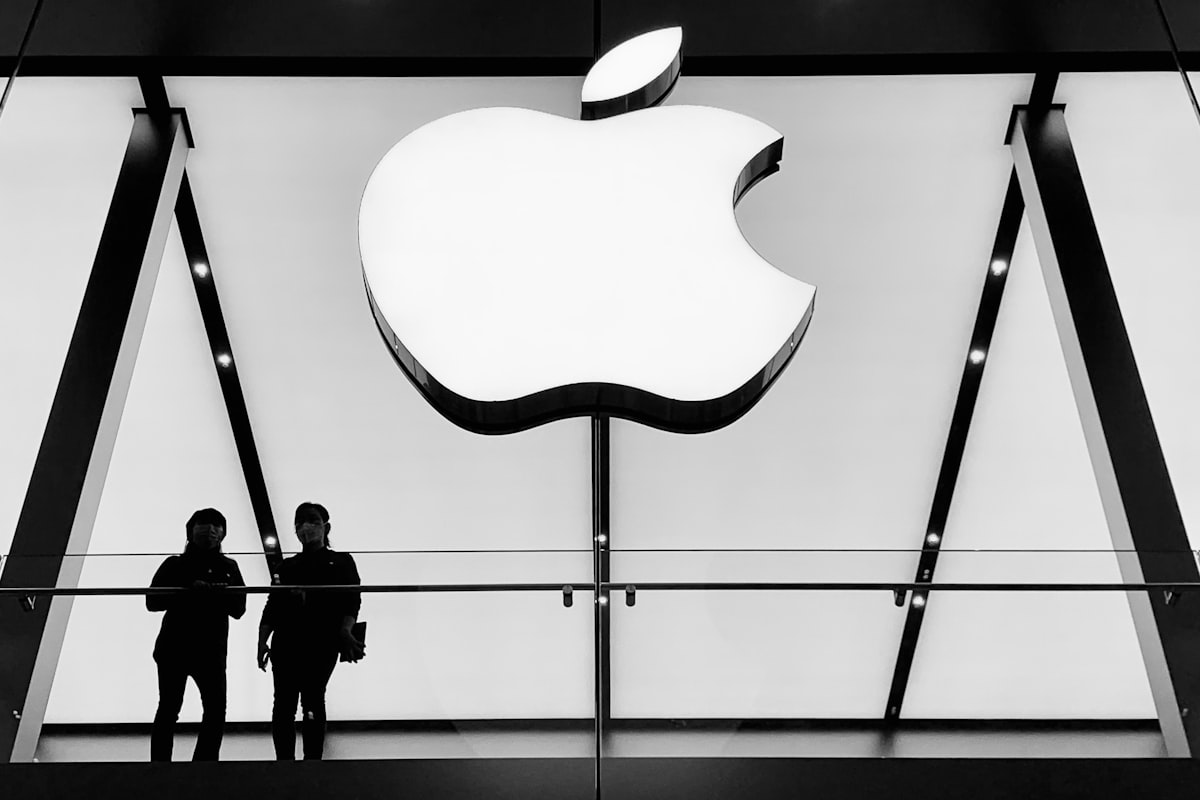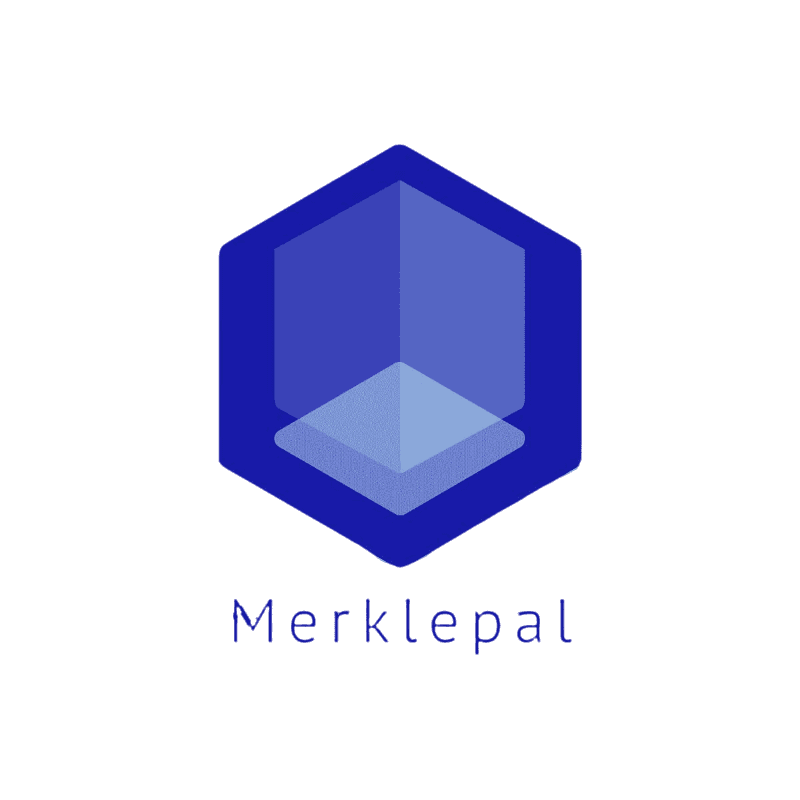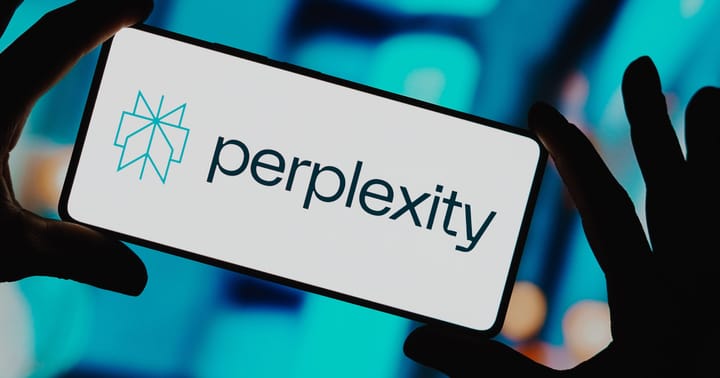Apple’s Ambitious Plan to Bring Generative AI to All Its Devices
However, behind the scenes, Apple has been diligently working to bridge the gap. CEO Tim Cook confirmed that Apple has been exploring generative AI technology for years.

Apple, the tech industry's giant, is gearing up for an ambitious venture into the world of artificial intelligence (AI). With the recent surge in AI technologies, Apple is strategically planning to leverage generative AI to enhance its wide array of devices, according to Bloomberg.
Apple initially found itself caught off guard when AI tools, such as OpenAI's ChatGPT, gained substantial momentum in the tech industry. While companies like Google and Microsoft rolled out AI-powered search engines and other innovations, Apple's AI contributions remained relatively modest, with the highlight being an improved auto-correct system in iOS 17.
However, behind the scenes, Apple has been diligently working to bridge the gap. CEO Tim Cook confirmed that Apple has been exploring generative AI technology for years. Yet, it's evident that the company was caught off guard by the rapid advancements in AI over the past year. According to insiders, there's a sense of urgency within Apple to catch up in the AI race.
"There's a lot of anxiety about this and it's considered a pretty big miss internally," says a source familiar with the situation.
To address this, Apple has developed its own large language model known as Ajax. The company also introduced an internal chatbot, "Apple GPT," for testing and refining the technology. The critical question now is how this technology can be effectively integrated into Apple's products.
Leading this ambitious endeavor are Apple's senior vice presidents responsible for AI and software engineering, John Giannandrea and Craig Federighi. Often referred to as the "executive sponsors" of the generative AI initiative, they are leading the charge to invest around $1 billion annually in this effort.
Giannandrea is focused on the development of the underlying AI technology, while also overseeing a significant overhaul of Siri to make it a more capable AI assistant. This improved Siri is expected to be ready for integration by next year, although concerns remain about the technology's readiness for a broader roll-out.
On the other hand, Federighi's software engineering group is busy infusing AI into the next iOS update. This update is set to include new features based on Apple's large language model (LLM). The improvements should enhance how Siri and the Messages app interact with users, mirroring similar advancements in competing services.
Apple is also considering incorporating generative AI into development tools like Xcode, a move that could significantly expedite the process of creating new applications. This aligns with services like Microsoft's GitHub Copilot, which offers real-time coding suggestions to developers.
Eddy Cue, who heads Apple's services division, is determined to infuse AI into as many applications as possible. This involves exploring AI-powered features for Apple Music, such as auto-generated playlists. Additionally, Cue's team is looking into how generative AI can assist users in apps like Pages and Keynote. These enhancements are similar to features offered by Microsoft for Word and PowerPoint.
One area of ongoing debate within Apple is the deployment of generative AI should it be an entirely on-device experience, a cloud-based solution, or a hybrid of both? An on-device approach is faster and offers enhanced privacy, but it may make it more challenging for Apple to adapt quickly to industry changes. Therefore, a combination of on-device and cloud-based AI processing may be the most likely outcome.
The race to master generative AI is pivotal for Apple. This technology is not just a buzzword but is set to play a central role in computing over the coming decades. Apple recognizes that it must be a frontrunner in this AI revolution rather than playing catch-up.
As Apple pushes forward with its AI initiatives, the company is expected to make announcements in the coming months, potentially revolutionizing the AI landscape and solidifying its place in the future of technology.




